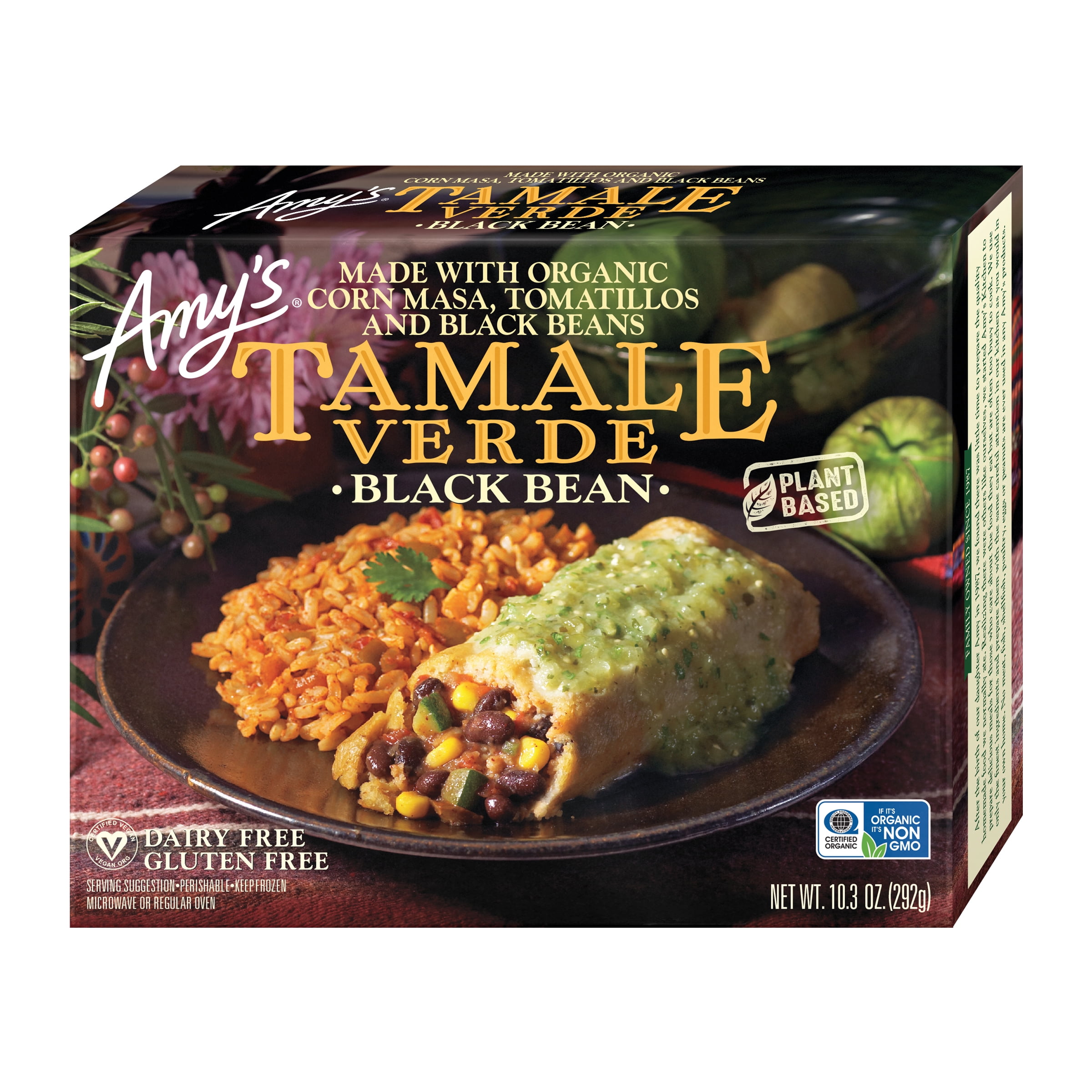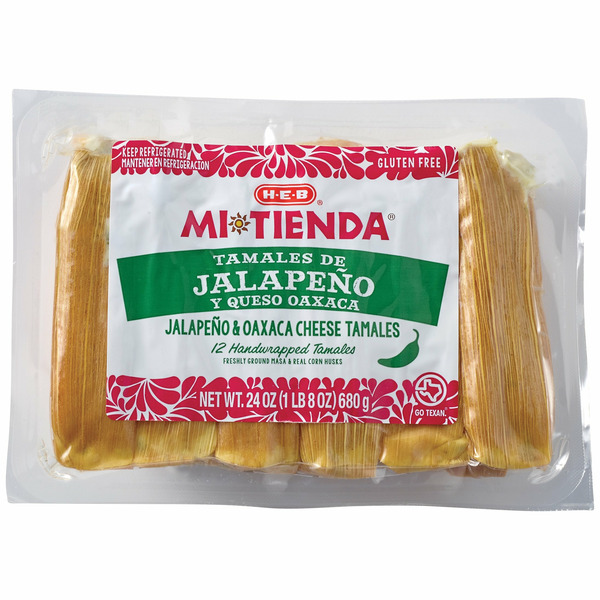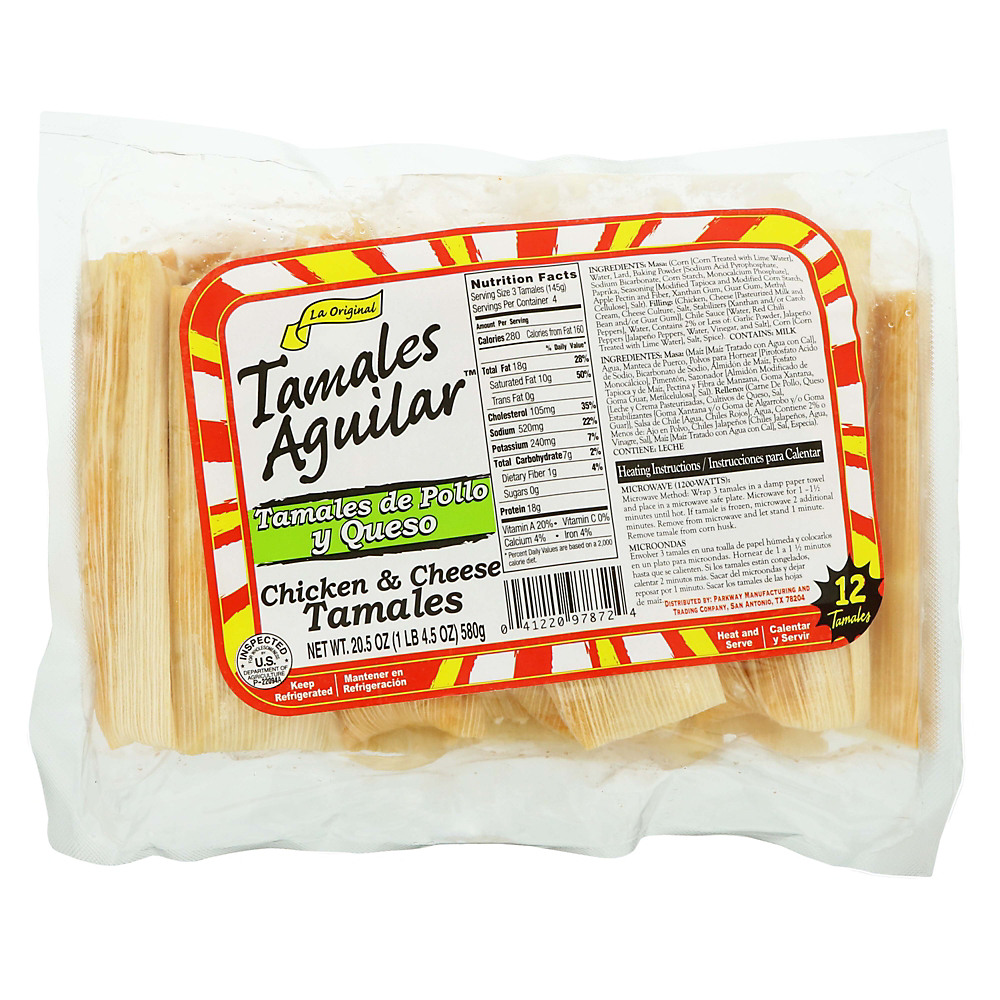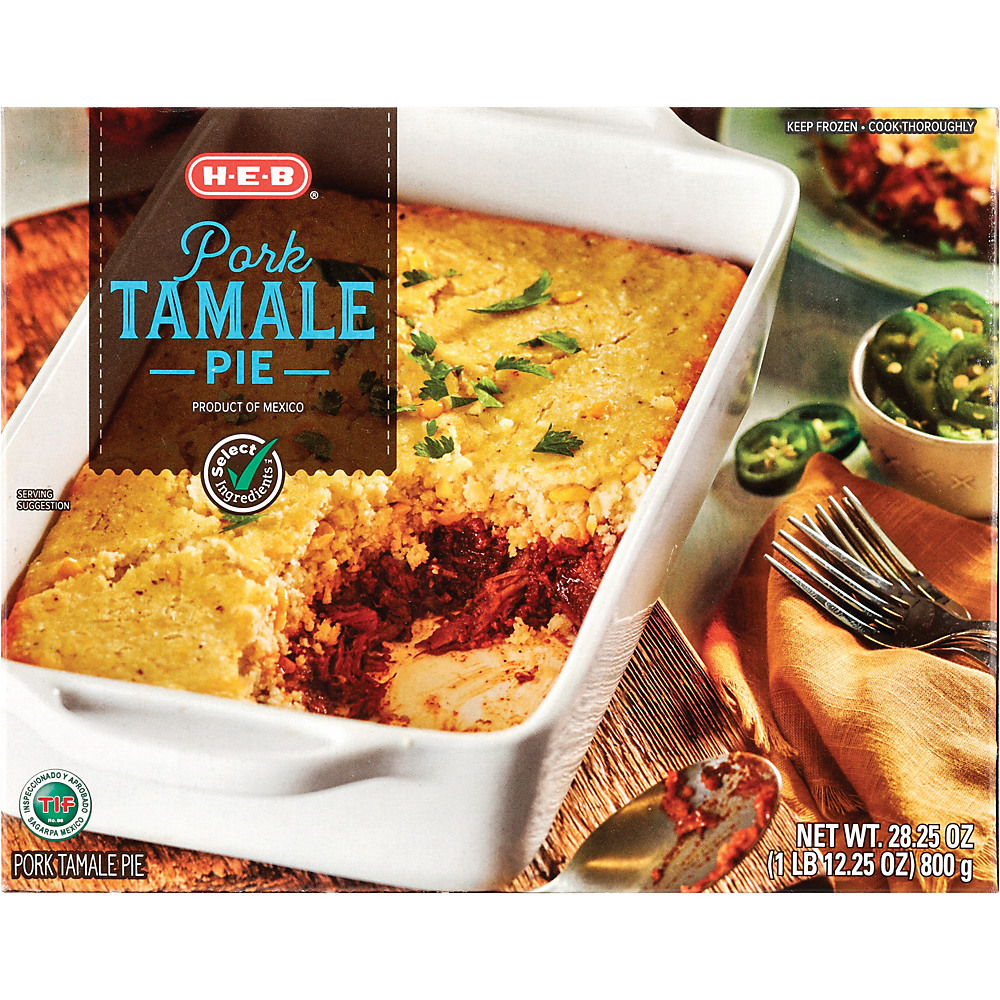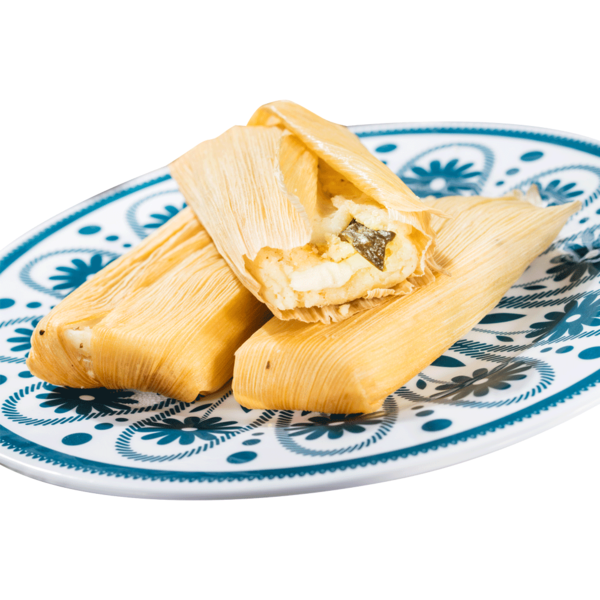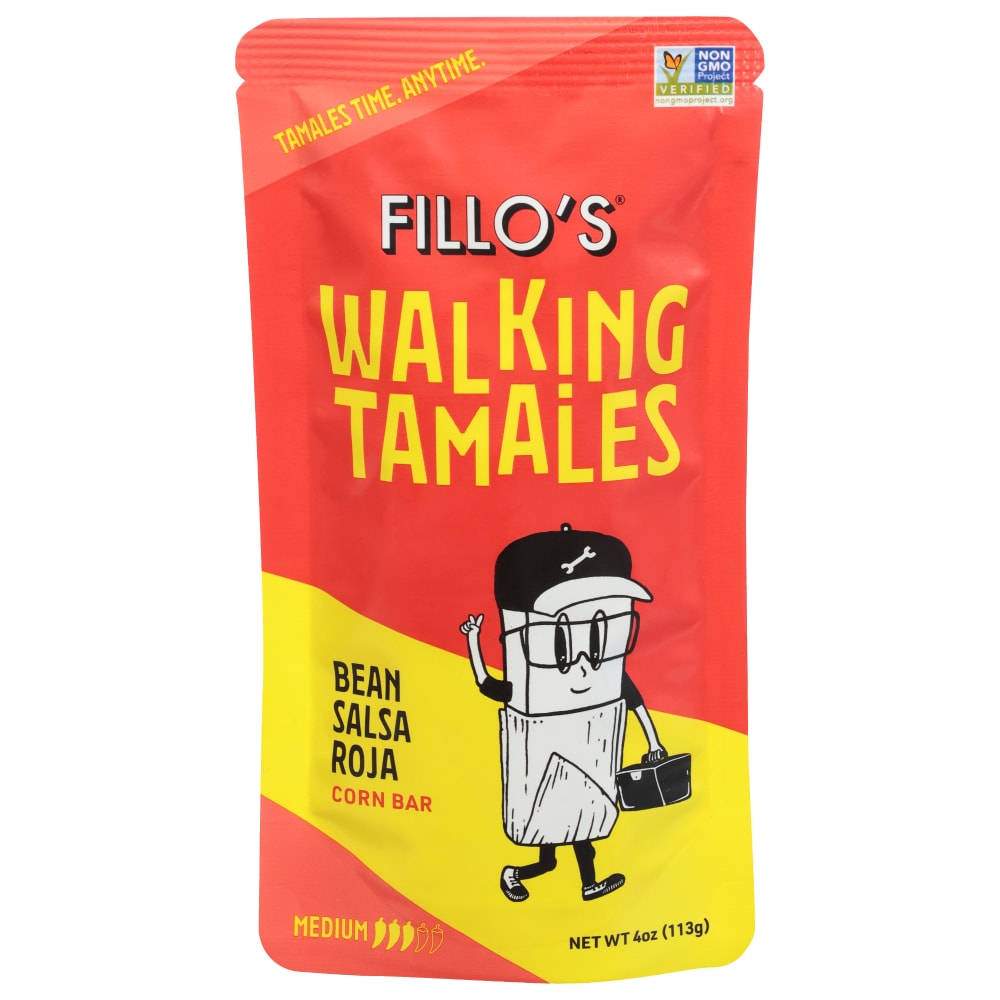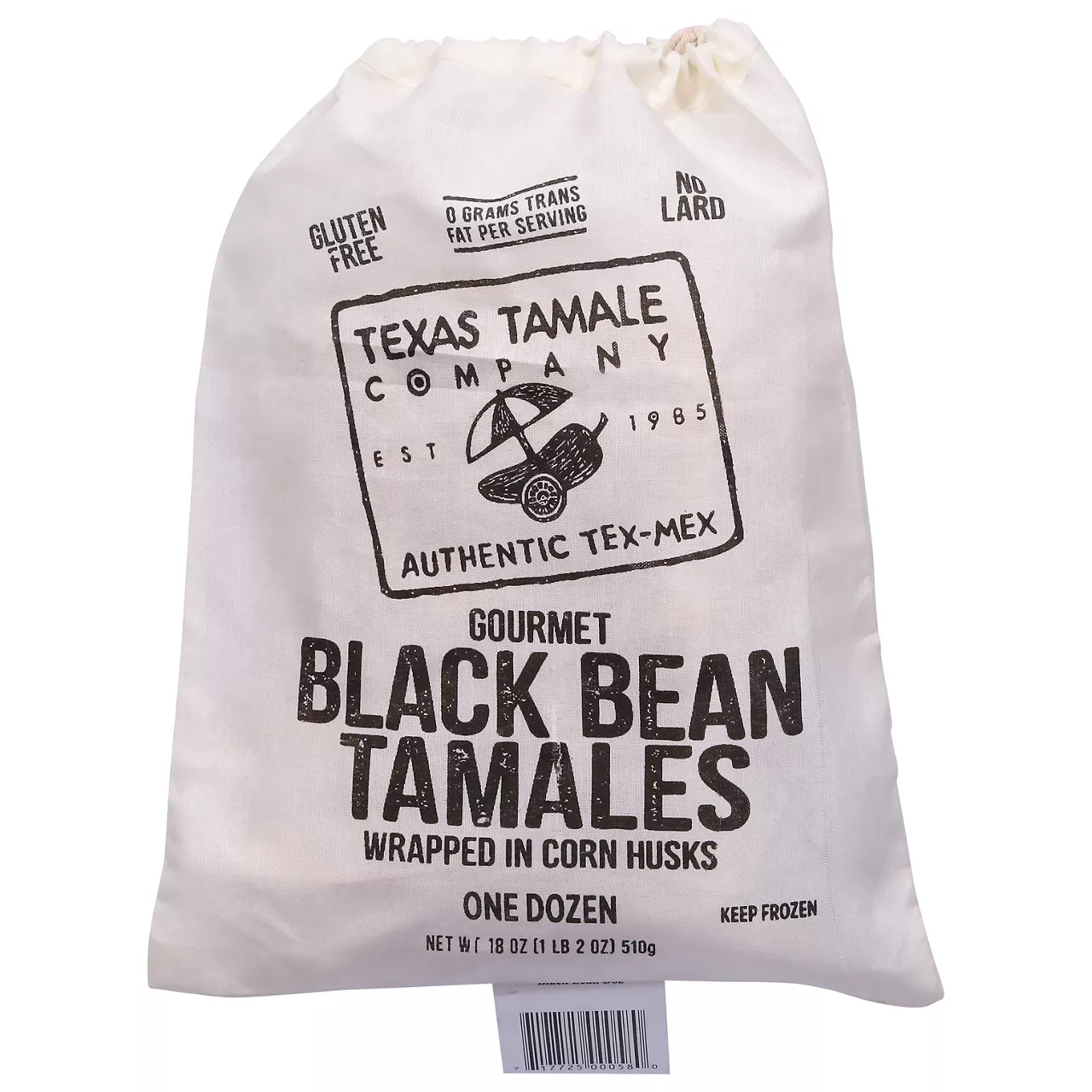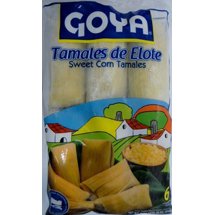MAIN DISHES
Tamale
A tamale, originating from Mexico, is a traditional Mesoamerican dish made of masa or dough (usually corn-based), which is steamed in a corn husk or banana leaf. The wrapping imparts a unique texture and aroma to the dish while allowing the masa to hold its shape. Tamales can be filled with a variety of ingredients including meats, cheese, vegetables, and fruits, making them versatile and suitable for a range of tastes.
Tamales are often associated with special occasions, cultural festivals, and family gatherings due to the often time-consuming preparation process. However, they can also be enjoyed as a delicious and satisfying everyday meal. Widely popular across Latin America and recognized in Tex-Mex cuisine, tamales showcase the vibrant culinary history of the region, offering an authentic taste of tradition.
71%
CARBS
19%
FAT
9%
PROTEIN
399 Tamale Products
Tamale Verde Black Bean Made With Organic Corn Masa, Tomatillos And Black Beans, Black Beans
Mi Tienda Jalapeno & Oaxaca Cheese Tamales
Tamales Aguilar Chicken & Cheese Tamales
H-E-B Frozen Pork Tamale Pie - Family Size
FILLO'S Walking Tamales Bean Salsa Verde Tamale, 1 Ct
Northgate Market Cheese & Chile Tamale
Fillo's® Bean Salsa Roja Corn Bar Walking Tamales
Texas Tamale Company Gourmet Frozen Black Bean Tamales
FILLO'S Walking Tamales Bean Salsa Roja Tamale
Goya Sweet Corn Frozen Tamales
3 Recipes for Tamale
Tamale FAQ
What are Tamales?
What ingredients do I need to make Tamales?
Do I need any special equipment to make Tamales?
How do I prepare the corn husks for Tamales?
Can I make Tamales ahead of time?
How can I adjust the consistency of the masa dough?
What are some common mistakes to avoid when making Tamales?
What are some ingredient substitutions or variations for Tamales?
Expiration & Storage Tips
When does Tamale expire?
Unopened, store-bought tamales usually last for about 1-2 weeks past their 'use by' date in the fridge. If you haven’t used it by then, they can be frozen where they will last for an additional 2-3 months. Once opened, tamales should be consumed within 3-5 days when stored in the refrigerator. Homemade tamales will also keep for about 3-5 days in the refrigerator or up to 2-3 months in the freezer. Do remember that these times are estimated and depending on the fillings used, shelf life can vary. As a rule of thumb, meat or cheese-filled tamales may not last as long as those filled with fruits or veggies.
How do you tell if Tamale is bad?
Just a few telltale signs can indicate if your tamales have gone bad. The most recognizable sign is an off smell. If your tamales smell sour or unpleasant, they’re most likely spoiled. Additionally, look out for any changes in color and texture. If you see any discoloration, mold, or if the dough appears slimy, it’s best to throw them out. Lastly, if the tamales taste strange, that’s an indication they have gone bad.
Tips for storing Tamale to extend shelf life
• Always store tamales in the refrigerator, ideally at temperatures below 40°F to prevent bacterial growth.
• For long-term storage, wrap individual tamales tightly in plastic wrap or aluminum foil before placing them in a freezer-safe container or zip-top bag.
• Label and date your tamales before freezing to keep track of their shelf life.
• To further extend the life of tamales, consider investing in a vacuum sealer. This process creates an airtight seal, keeping moisture and air out, which helps in maintaining their flavor and texture over longer periods.
• For reheating, allow frozen tamales to defrost in the refrigerator overnight before steaming or microwaving until heated through. To prevent them from drying out, cover with a damp paper towel while microwaving.
EXPIRES WITHIN
2 - 4
WEEKS
Health Info
Macros
36g
CARBS
9g
FAT
4g
PROTEIN
Allowed on these diets
LOW FAT
HIGH CALCIUM
LACTOSE FREE
Contains these allergens
WHEAT

